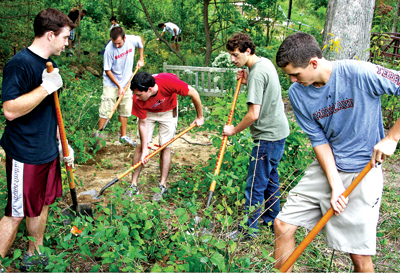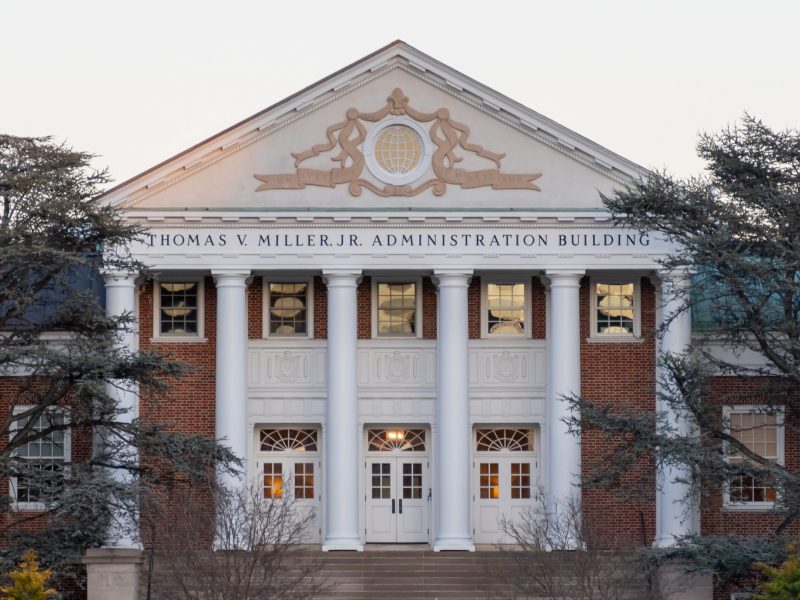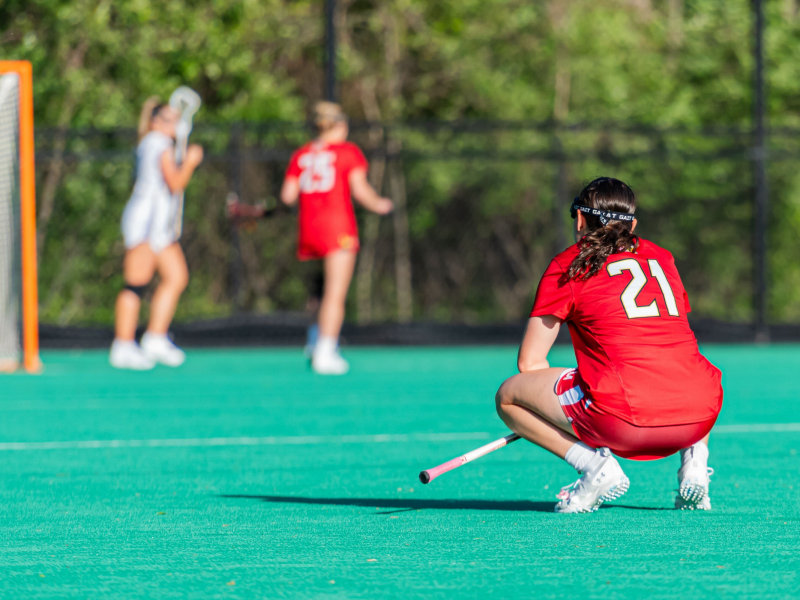
Faculty and student volunteers gathered yesterday to restore rain gardens buffering a creek near the Comcast Center parking lot that could possibly prevent future flood damage.
The effort, which continues today, focuses on removing invasive, non-native plants from the creek’s edge and planting native species in their place. Doing so will create a sort of natural, eco-friendly treatment plant, according to Marla McIntosh, interim director of the university’s arboretum and botanical garden.
Restoring the rain gardens will prevent future flooding of the creek by soaking up rain water and will filter water before it enters the creek, water and sewage systems. Increased trash and debris from tailgating before and after football games, as well as the general carelessness of students, increases the damage to the gardens, said Karen Petroff, manager of landscape operations in facilities management.
Students became involved in the project when Ben Curwin, a junior chemical engineering major, asked McIntosh over the summer about helping with the arboretum. McIntosh hired Curwin as a student volunteer coordinator.
“I have an idea in my head that the way to get the leaders of the professional world to implement ideas like ‘green’ roofs that make sense environmentally and economically is to expose students — the future leaders — to those ideas while still in school so that they can take the ideas with them when they graduate,” Curwin said.
Before students stepped up, most of the volunteer work on the arboretum project had been done by non-profit groups like Chesapeake Natives, McIntosh said.
The American Public Gardens Association designated university as an arboretum by the last year after a five-year effort to catalog all the campus’s trees and create a plan focusing on sustainable development and managing the university’s landscape.
Besides volunteering, students also contributed financially. The native plants used in the project were purchased with grant money the Student Government Association provided last spring for green projects.
“I have a passion for campus restoration and the ecosystem. I want to make the area more beautiful and healthier, not only for the environment, but also for us,” said sophomore landscape architecture and art history major Kathleen Seay, pointing out a direct connection between the health of the rain gardens and the university’s water supply and flood safety.
McIntosh plans to continue merging student volunteerism and the Arboretum and Botanical Garden project in an Oct. 11 tree-planting event.
desmarattes@umdbk.com



